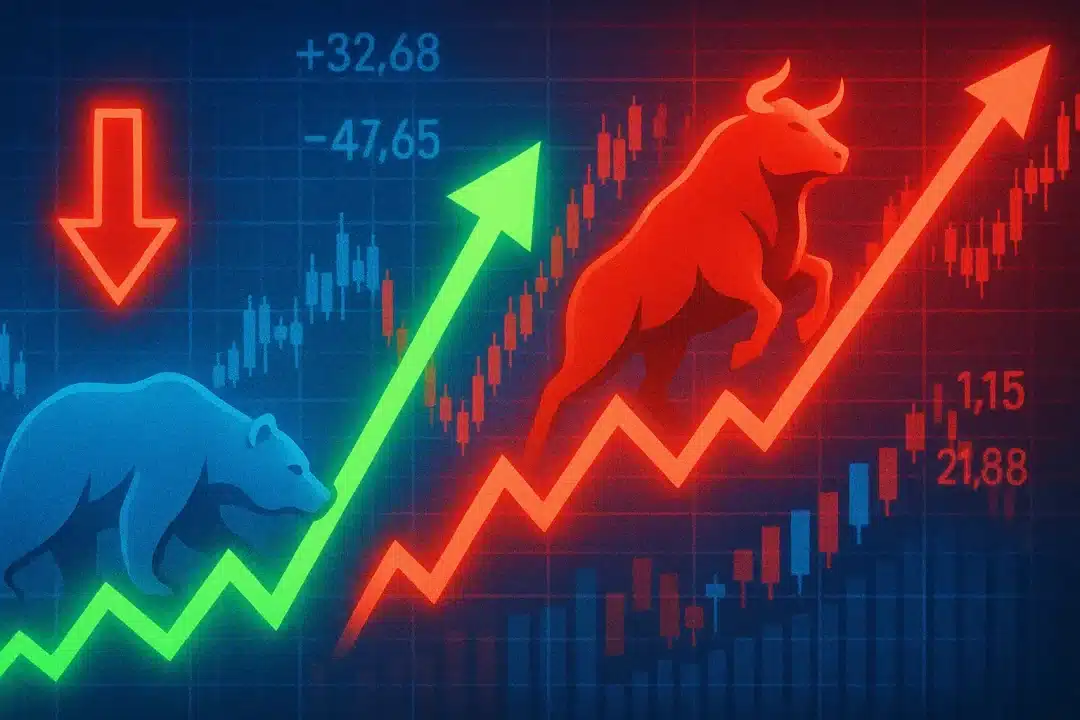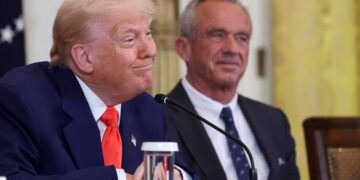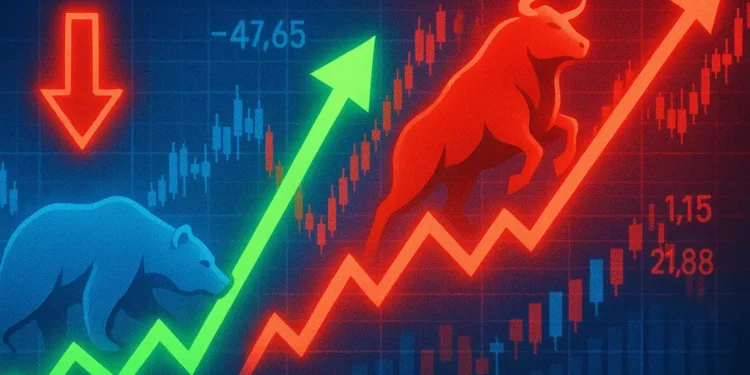
US stock futures rose early Monday, capping off one of the most volatile first halves of the year with a powerful rally. Dow Jones Industrial Average futures surged about 0.5%, while S&P 500 and Nasdaq 100 futures gained 0.3% and 0.5%, respectively. The S&P and Nasdaq are both positioned to close June at record highs, with tech and financial stocks leading the charge.
Momentum builds on trade optimism and fiscal stimulus hopes
Investor sentiment is bolstered by multiple developments on the trade and policy front. Canada’s unexpected decision to scrap its controversial digital services tax targeting US tech giants such as Apple, Google, and Amazon revived halted trade talks with the United States. Prime Minister Mark Carney confirmed that Canada and the US now aim to finalize a broader trade agreement by July 21. President Trump had threatened retaliatory tariffs by July 9 if no deal was reached, but Sunday’s reversal has de-escalated tensions and pushed futures higher.
Meanwhile, Senate negotiations on a proposed $4.5 trillion tax cut bill continue to energize markets. If passed, it could mark one of the most aggressive fiscal policy expansions in recent memory. The Congressional Budget Office projects the bill could add $3.3 trillion to the federal deficit over a decade, but investors appear more focused on the short-term economic boost it could provide.
Index performance: June ends with a rally
The three major US indexes have enjoyed strong gains this month:
- S&P 500: up over 4%, setting a new record high Friday
- Nasdaq Composite: up 5.5%, also hitting a record
- Dow Jones Industrial Average: up 3.5% for June
All three indexes are now up at least 3% for the year. These gains reflect a market that has powered through uncertainty surrounding tariffs, economic data, and central bank policy.
Oil prices slide as Mideast tensions ease and OPEC+ increases output
Crude oil futures fell overnight as OPEC+ confirmed plans to increase production starting in August. West Texas Intermediate dropped 94 cents to $64.58 a barrel, while Brent crude fell nearly 1% to $67.11. The retreat follows last week’s dramatic price swings triggered by conflict in the Middle East. After surging past $80 due to US airstrikes in Iran, prices plunged back to the mid-$60s as a ceasefire was brokered.
Uncertainty remains despite market highs
While Wall Street’s optimism has driven equities higher, economists caution that risks persist. According to EY chief economist Greg Daco, inflation is likely to accelerate again in the second half of 2025 — driven by the lingering impact of tariff policies. Daco warns this could erode incomes and slow consumer spending, even as unemployment and wage growth soften.
“The Fed is going to have to walk a tightrope,” Daco noted. Although rate cuts are possible later this year, July is unlikely. He projects a more probable pivot in September, once more data confirms economic deceleration.
What’s next for investors?
Despite the rally, analysts advise caution heading into July. Investors are watching closely for:
- Final outcomes of US trade talks with Canada, China, and India
- The Senate’s progress on tax cuts and potential market impact
- Inflation data and signals from the Federal Reserve
- Earnings season, which could reinforce — or challenge — current valuations
Markets may continue rising in the near term, but policy shifts, macroeconomic signals, and geopolitical risks could test investor confidence. As Keith Lerner of Truist summarized, “The markets are starting to focus on positive growth prospects… but there will certainly be some gut checks along the way.”




















